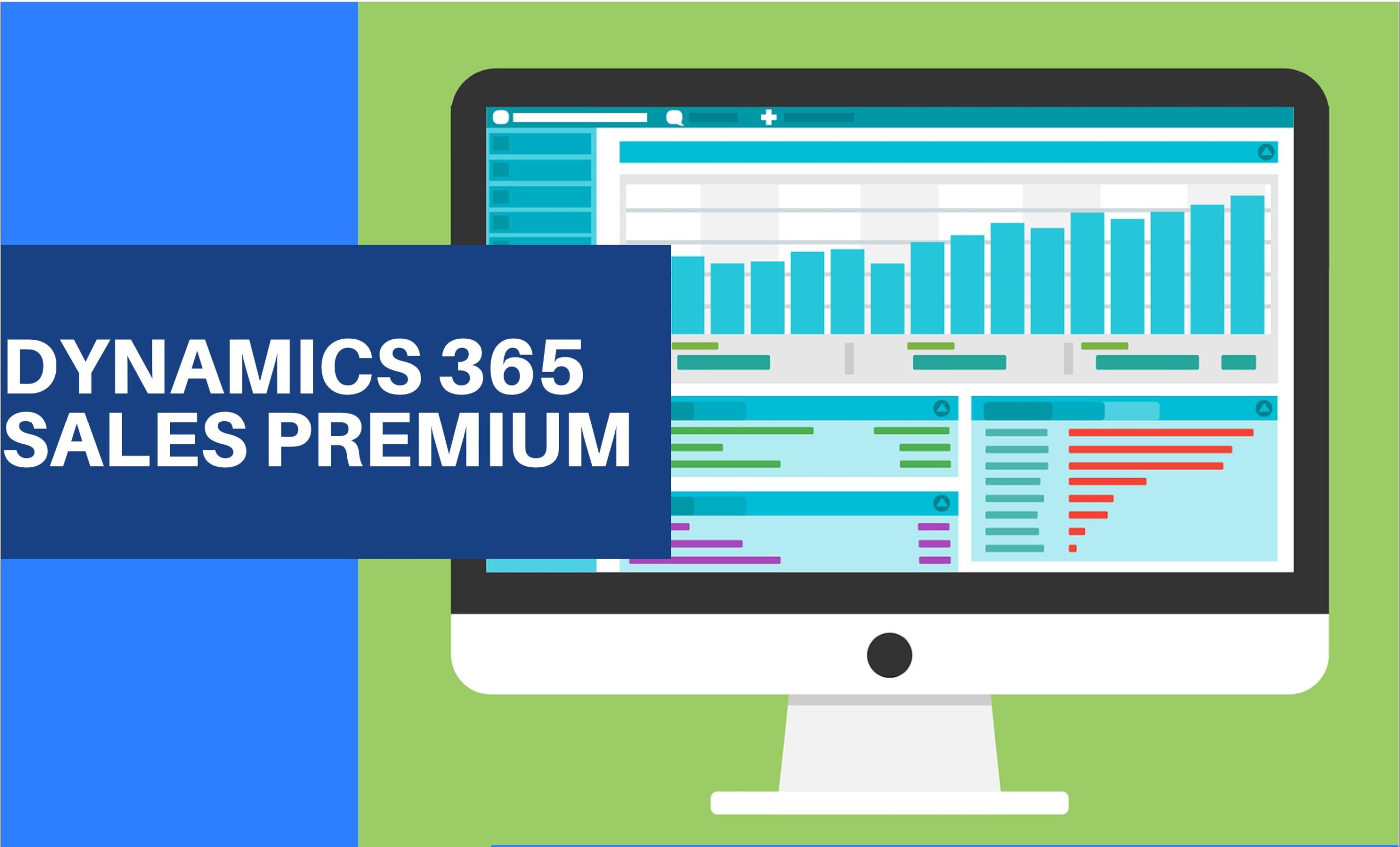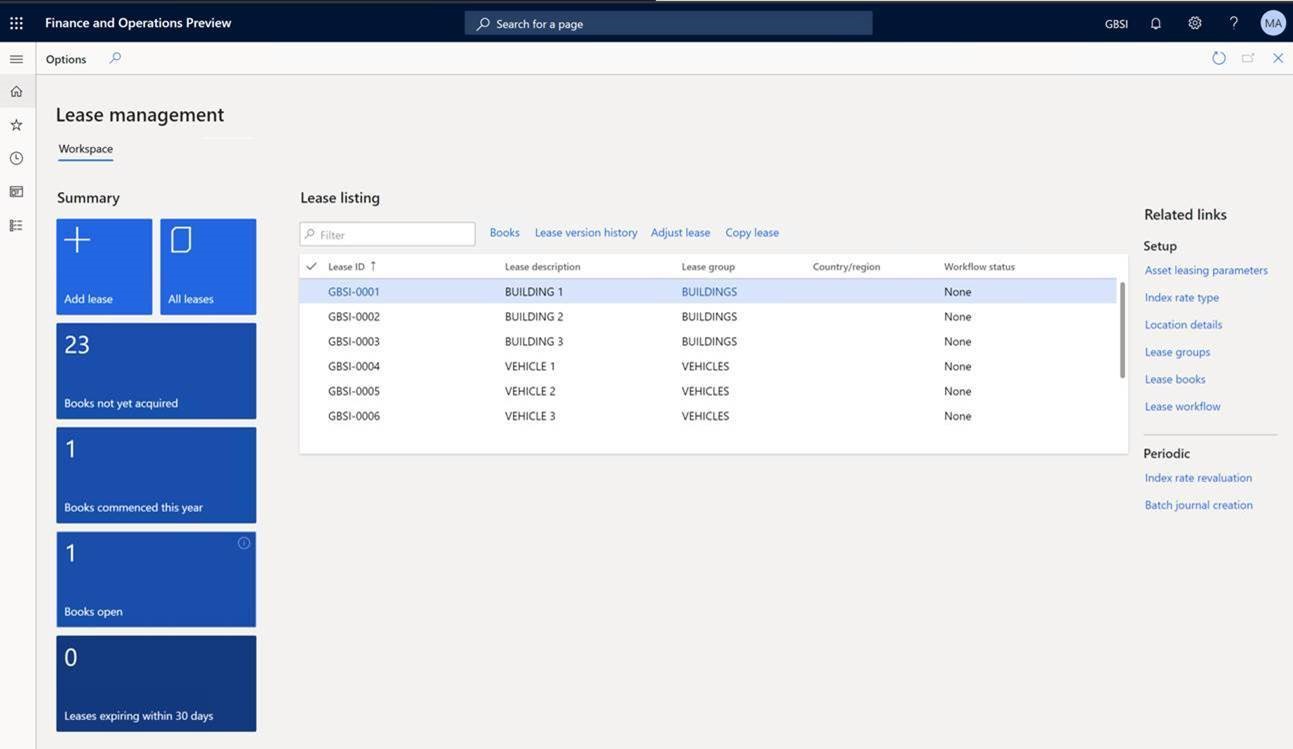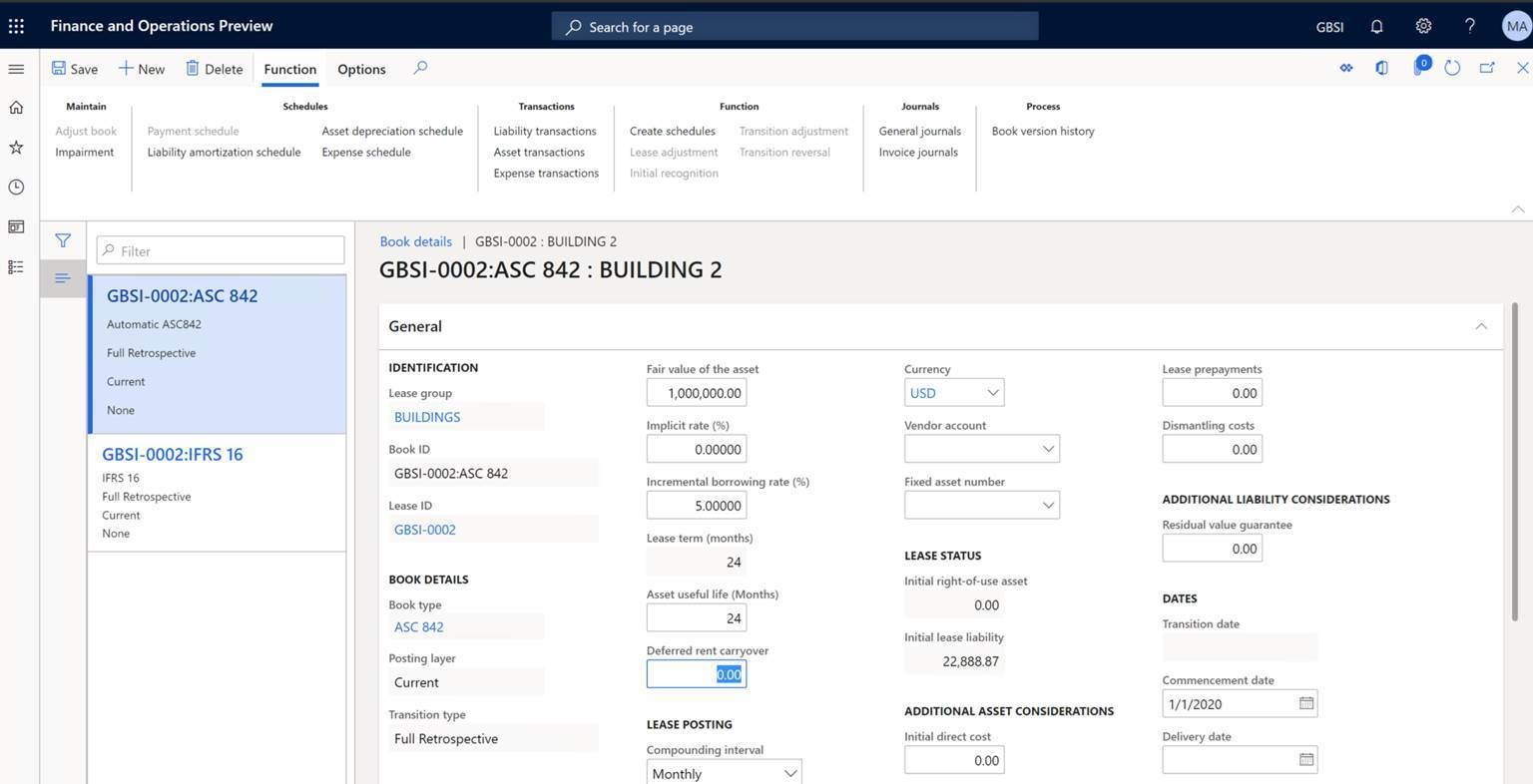Jan 7, 2021
Now more than ever, operating with the speed needed to deliver successful project-based services requires that everyone involved—from leaders to team members and contractors—can predict, adapt, and rapidly respond to change, all while practicing social distancing and with teams working remotely.
Our vision for Microsoft Dynamics 365 Project Operations is to connect teams across the project delivery lifecycle and unlock the business agility and resilience needed for success. Today, we are announcing the next milestone in achieving that vision and invite you to participate in the Dynamics 365 Project Operations Preview Program.

Get more accurate quotes and perfect sales to delivery hand-offs
Your sales team will provide the best customer experience from the first touch point by creating project proposals that outline scope and provide more accurate quotes. Be sure to take the time to create a full client proposal, including delving into the flexible and multidimensional pricing capabilities, as well as the project planning functionality, that is key to nail the hand-off from sales to project delivery teams.
Optimize resource scheduling with accurate demand forecasting
People are the cornerstone of your project-based services businesses—making it imperative to retain top performers. Project Operations helps you take better care of your people by making the best use of their time and skillset, while providing insights on resource utilization across the business. Explore how you can match team member skillsets with project demands. And don’t miss the advanced scheduling engine that simplifies resourcing processes. Increased awareness of how you are utilizing your resources allows you to make better workforce decisions, resulting in better quality of work and higher customer and employee satisfaction.
Improve collaboration across all team members
With your teams operating remotely, it is important to keep everyone connected and working efficiently. While evaluating Project Operations, we suggest you dig into the forecasting and dashboards that will ensure team members have the data they need to make confident decisions. Also, check out Microsoft Teams to keep everyone connected, as Project Operations will allow for Microsoft Teams integration to facilitate world-class collaboration and teaming. In addition, keep in mind that Project Operations is built on the Microsoft Power Platform and you can expand your team’s access to business intelligence with Microsoft Power BI.
Deliver projects on-time and on-budget
Empower your project teams to be responsive by enabling consistency in practice and procedures with true process governance. Explore Microsoft Project for the web project management tools that are embedded in Project Operations. Take a look at the project planning capabilities, Kanban board, and Gantt charts that let users see project timelines in relation to one another. The rise in the need for enhanced mobility among your project team members and delivering an outstanding customer experience is more important than ever, so ensure you explore Project Operations from your mobile devices.
Drive financial performance and increase project profit margins
Last, but definitely not least important, delve into the comprehensive project costing and accounting capabilities of Project Operations. You will want to take the time to look at budgeting, forecasting, time and expense tracking, project costing, and billing capabilities. And don’t forget to dig into the financial insights and metrics that will keep profit margins front and center.
Get everything you need to run your project-based services business—quotes, resourcing, project delivery, time and expense, project accounting, and business intelligence—all in one solution for better insight, collaboration, and visibility. Project Operations ensures you can deliver exceptional services to your customers on-time and on-budget, every time.
Jan 7, 2021
Learn about how we’re simplifying licensing through the new commerce experience for public sector customers.

In September 2020, we announced another step toward our new commerce experience to support your digital transformation with new offers through the Microsoft new commerce experience and removal of purchasing options that no longer meet customer needs. This was announced for commercial customers only. Today we’re sharing several related changes that impact public sector—education, government, and nonprofit—customers.
Key changes
1. Perpetual software licenses
Microsoft is taking a significant step to simplify licensing by introducing perpetual software license purchases through the new commerce experience, as part of our Cloud Solution Provider program for partners. Targeting July 2021, all partners enrolled in the Cloud Solution Provider program will be able to sell perpetual software licenses (without Software Assurance) to government, education, and nonprofit organizations for on-premises deployment. Software licenses will be available to commercial customers in January 2021.
|
What’s already available through Cloud Solution Provider for public sector
|
What’s coming through Cloud Solution Provider for public sector
|
|
|
- Online services for government community cloud
- Online services education offers
- Online services nonprofit offers
|
- Software licenses for government
- Software licenses for education
- Software licenses for nonprofit
|
|
2. Open License program change
Starting on January 1, 2022, commercial, government, education, and nonprofit organizations won’t be able to buy new or renew software licenses, Software Assurance, or online services through the Open License program. New license-only purchases should be transacted through partners in the Cloud Solution Provider program. You can continue to renew and purchase new software licenses, Software Assurance, and online services through the Open License program until December 31, 2021.
3. Open Value for education and nonprofit organizations
To support the change to the Open License program, we’re adding software licenses and Software Assurance offers to the Open Value program for eligible education and nonprofit customers. This will provide like offers with the Open License program. Education and nonprofit customers that want to continue buying new licenses with Software Assurance and online services can buy through the Open Value program starting in March 2021. Open Value is already an option for government customers.
|
What’s already available through Open Value for public sector
|
What’s coming through Open Value for public sector
|
|
|
- Government licenses and subscriptions*
- License and Software Assurance
- Software Assurance renewal
- Online services
|
- Education and Nonprofit licenses and subscriptions
- License and Software Assurance
- Software Assurance renewal
- Online services
|
|
*Open Value for Government available in Canada and Denmark on January 1, 2021
Options for software licenses and online services
Your options for existing and new purchases after January 1, 2022 are outlined below.
- If you’re buying perpetual software licenses only (without Software Assurance) and want to continue doing so:
- Buy perpetual software licenses from qualified partners participating in the Cloud Solution Provider program. These partners also offer guidance if you’re evaluating online services and looking for value-added solutions, and offer the flexibility needed to address your hybrid use needs with both software licenses and cloud offers. Talk to your software reseller to find out if they are a Cloud Solution Provider or find a partner.
- For alternatives, talk to your current licensing partner.
- If you have Software Assurance coverage through the Open License program:
- Your Software Assurance term, including benefits, will continue until its expiration, even if the expiration is after December 31, 2021.
- The Microsoft Open Value program is recommended for future purchases that include Software Assurance. Available for government organizations now and in March 2021 for education and nonprofit organizations.
- The Microsoft Open Value Subscription* program doesn’t offer perpetual software licenses but is a lower-cost subscription that gives you rights to use the software during the agreement’s term and also includes Software Assurance.
- If you have online services through the Open License program:
- Any unused online services tokens can still be assigned and used, even after December 31, 2021, provided it occurs within the five-year term of token purchase.
- If you want to purchase additional online services subscriptions, you can work with a partner in the Cloud Solution Provider program to purchase online services subscriptions or you can buy additional online services tokens through the Open Value program or Open Value Subscription* program or from the Microsoft Store. Purchasing through the Open Value program is available for government organizations now and in March 2021 for education and nonprofit organizations.
*Nonprofit pricing isn’t available through Open Value Subscription.
Key Dates
|
Software licenses available through Open Value |
Software licenses available through Cloud Solution Provider |
Last day to buy/renew through Open License |
| Government |
Available now |
July 2021 |
December 31, 2021 |
| Education |
March 2021 |
July 2021 |
December 31, 2021 |
| Nonprofit |
March 2021 |
July 2021 |
December 31, 2021 |
If you’re evaluating cloud services and looking for value-added solutions, you can get guidance from your qualified and trusted partner. If you want to continue with Software Assurance on your licenses, the Open Value program is an established way to get it. Talk with your partner about which option is best for your organization.
Dec 11, 2020
Microsoft has developed new capabilities in Dynamics 365 to discover email messages, meetings, and
phone call activities related to an opportunity, and then to factor these signals into the score.
Capturing activities to determine opportunity health
A healthy opportunity will usually have activities happening in it like email messages, meetings, and phone
calls.
Many of our predictive opportunity scoring customers were gathering these signals manually to determine
opportunity health.
Microsoft has replaced the need for customers to manually track activities by using AI to gather activities,
approving prediction accuracy, and compensating for cases where sellers do not diligently update the
opportunity fields.
This can help the seller make more educated choices about what the best next action might be.
For example, a high level of activity may indicate that the opportunity is heating up and is worth attention.
Likewise, an opportunity with where the activity level is low may need immediate attention.
Here’s an example showing the opportunity score improving

Here's an example showing the opportunity score declining:

Connecting opportunities with activities
In addition to activities that are explicitly connected to opportunities, an algorithm is developed to infer
indirect connections between activities and opportunities, using Contact and Account activity timelines.
Since these are not trivial connections (for example, an account may have multiple opportunities), AI is
assigning them appropriate predictive weights.
How the predictive opportunity scoring model is trained
First, we make sure, automatically, that the data we have is meaningful and contributing to the prediction.
Then we look at each recent activity level of every opportunity and try to find a correlation between this
signal and the likelihood of winning the opportunity.
After the model is trained, we can view the open opportunities in the system and give them a score based
on past examples.
What the AI does is learn how recent activity level affects the likelihood to win an opportunity in your
organization.
Sep 2, 2020

As of October 2021, Microsoft will no longer support Dynamics AX 2012 R3. This would be a good time for AX users to start searching for a new ERP solution.
Microsoft Dynamics 365 Finance & Supply Chain Management is what you’re looking for. In fact, Dynamics 365 will be your best upgrade.
Dynamics AX users who have a current Microsoft Dynamics annual enhancement plan can receive a 40% discount on the Dynamics 365 cloud subscription.
Advantages of the Microsoft Cloud
When you move from on-premise Dynamics AX to the Microsoft Cloud, you’ll not only be upgrading; you’ll be updating. Upgrades to Dynamics were a regular source of additional expenses and business disruption, especially if you had customization and integrations.
With Dynamics 365 Finance & Supply Chain Management on the Microsoft Cloud, you don’t upgrade – you update. The updates are automatic, performed in the background, immediately available, and accommodate your customization and integrations.
- Seamless remote connectivity
When you move from on-premise Dynamics AX to the Microsoft Cloud, you’ll not only be upgrading; you’ll be updating. Upgrades to Dynamics were a regular source of additional expenses and business disruption, especially if you had customization and integrations.
With Dynamics 365 Finance & Supply Chain Management on the Microsoft Cloud, you don’t upgrade – you update. The updates are automatic, performed in the background, immediately available, and accommodate your customization and integrations.
- Built-in disaster recovery
Locating your information and processes in Microsoft’s secure Cloud not only gives you high-performance remote access to all your ERP data and processes, but it also guarantees built-in disaster recovery for your organization.
You’ll be able to be up and running even if you can’t get to the office, and your information will be secure from both physical disasters and cyber-attacks.
- Easier integrations
Dynamics 365 Finance & Supply Chain Management is built on a Common Data Service, which connects, ERP, Power Platform (including Power BI) and all the other Microsoft business productivity tools such as Microsoft 365. That enables all of those programs to work together seamlessly.
Send and receive data, build workflows, automate processes, and create custom functionality. Your teams will be connected using processes with which they are familiar.
- Lower IT costs
A cloud-based solution eliminates the expense of owning and maintain on-premises hardware.
- Enhanced performance
The Microsoft Cloud guarantees high performance and ongoing improvements. You will never again have the expense of upgrading servers, buying extra data storage, and paying for external hosting. All that will be covered as part of your Dynamics 365 subscription.
- Stronger Security
Microsoft’s cloud platform has unparalleled security to safeguard your data. And Dynamics 365 Finance & Supply Chain Management has built-in, role-based security features such as Segregation of Duties (SODs). You can count on Dynamics 365 Finance & Supply Chain Management to support your compliance efforts and meet all your security requirements.
- Innovations such as AI, virtual agents, connected field service, and more
Advanced tools such as machine learning, artificial intelligence, virtual agents, and connected field service were once out of reach for your small or mid-sized company.
Now with Dynamics 365 Finance & Supply Chain Management, you too can leverage the latest technology advancements to unlock new opportunities and gain a competitive edge.
Aug 19, 2020

Microsoft released a new offering called Dynamics 365 Sales Premium
What is dynamics 365 sales premium?
With the new Microsoft release, you can benefit from the Dynamics 365 Sales Premium.
It’s a single user license for Dynamics 365 Sales Enterprise and Dynamics 365 Sales Insights.
What is dynamics 365 sales premium’s price?
Now you can profit from a saving of $10 over buying the applications separately.
As Dynamics 365 Sales Enterprise and Dynamics 365 Sales Insights are only at a price of $135 per user per month.
What is dynamics 365 sales insights?
This feature is intended to help sales managers or supervisors enhance their team’s performance.
It is not intended for use in making—and shouldn’t be used to make—decisions that affect the employment of an employee or group of employees, including compensation, rewards, senior i ty, or other rights or entitlement.
Sales insight helps organizations in the following four areas:
Guided selling: Guide sellers on their next course of action with timely and actionable insights.
Productivity intelligence: Free up sellers’ time by minimizing manual data entry with contextual, real – time suggest ions for updating existing records and creating new records, making sure your data is always up to date.
Connection insights: Build stronger relationships with customers and move relationships forward with AI -guided selling. Take preemptive steps to mitigate risks with a relationship health score.
Predictive models: Increase conversion and win rates by using AI to prioritize leads and opportunities with the highest likelihood to convert and buy.
Aug 3, 2020
Today most organizations are experiencing challenges and making plans that they did not anticipate. In times like these, organizations do not have time to worry about reacting to changes in accounting regulations, yet they cannot risk leaving them unaddressed.
A core tenant of Dynamics 365 Finance is to enable you to reduce risk, and to automate and modernize your global financial operations. To help you achieve this, Microsoft are introducing asset leasing in November 2020. Asset leasing helps you adapt and be compliant to the FASB and IFRS 16 accounting regulations related to lease management and its financial impact. Asset leasing will reduce manual errors and save your users time through automatic lease status updates, right of use assets, wholistic monitoring and analytics, and calculations of net present value, lease interest, and future cash payments.

Asset leasing features:
- Automates the complex lease calculation of present value and its subsequent processes such as future lease payment, lease liability amortization, right-of-use asset depreciation, and expense schedules.
- Automatically classifies the lease as either operating or finance, or as a short-term lease or low-value lease. The lease classification tests include transfer of ownership, purchase option, lease term, present value, and unique asset.
- Centralizes the management of lease information, such as important dates, including the commencement and expiration dates, as well as the lease’s transaction currency, payment amounts, and payment frequency.
- Helps to generate accounting entries for the initial recognition, and subsequent measurement of the lease liability and right-of-use asset.
- Reduces time for complex calculation of lease modification and automatic adjustment transactions.
- Provides posting to different layers to accommodate different reporting purposes, such as tax reports that are available in Dynamics 365 Finance.
- Complies with the accounting standards to represent leases on a balance sheet using the Balance sheet impact calculator.
- Provides audit controls over the integrity of the lease data to ensure that the posted transactions match the calculated amounts of the present value, future payments, and liability amortization.
- Provides tools to import from or export to Excel for all lease data using data management.
- Includes features that help in preparing asset leasing reports, particularly the preparation of disclosures and notes.
- Integrates with company chart of accounts, currencies, fixed assets, vendors, journals, data management, and number sequences.

















